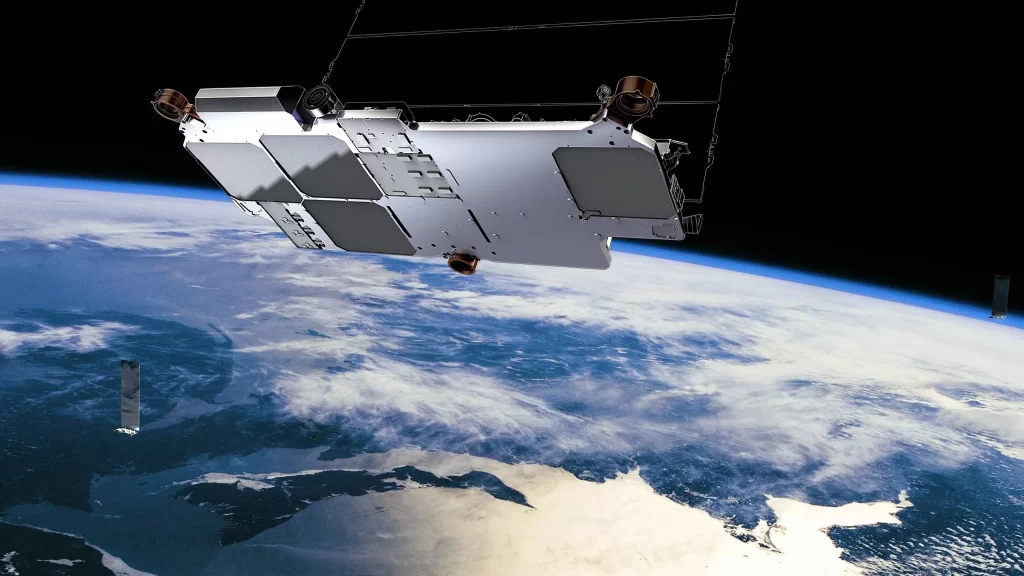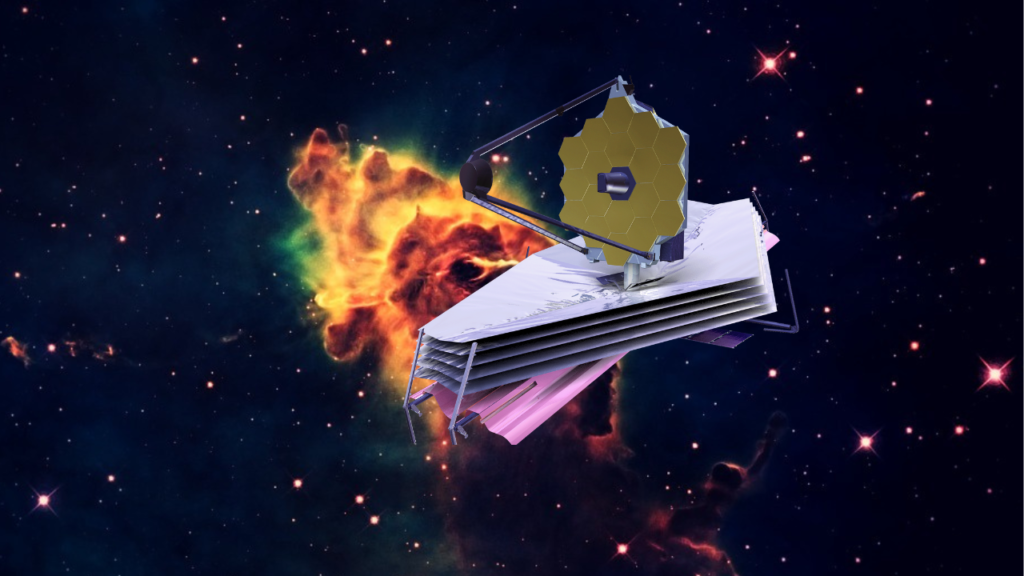In a world that is increasingly reliant on the internet, access to high-speed, reliable connectivity has never been more critical. Starlink, an ambitious satellite internet service developed by SpaceX, is making headlines across the globe. But what are the facts about Starlink, and what sets it apart from traditional internet services? In this article, we’ll explore the key facts about Starlink Internet Service.
Satellite Constellation in Low Earth Orbit (LEO):
Starlink stands out due to its use of low Earth orbit (LEO) satellites. Traditional satellite internet services use geostationary satellites, which orbit at a much higher altitude. Starlink’s LEO satellites are positioned much closer to Earth, resulting in significantly lower latency and faster data transmission.
Global Coverage:
One of the most significant advantages of Starlink is its potential to provide internet access to remote and underserved regions worldwide. The low Earth orbit of Starlink satellites allows them to cover a more extensive area and reach places that were previously difficult to connect through traditional means.
Rapid Expansion:
Starlink is in the process of deploying thousands of satellites to create a global internet network. As of my last knowledge update in January 2022, they had already launched over 1,000 satellites, with plans for tens of thousands more. This ambitious approach is indicative of the company’s dedication to expanding internet access on a global scale.
Beta Service:
Starlink initiated a public beta program called “Better Than Nothing Beta” in late 2020. This allowed early adopters in select regions to test the service. Users in the program reported significant improvements in connectivity, particularly in rural and remote areas.
Competitive Speeds:
Starlink boasts impressive download speeds, often ranging from 50 Mbps to 150 Mbps or higher, with latency comparable to, and in some cases even lower than, traditional broadband connections. These speeds make it suitable for various online activities, including streaming, gaming, video conferencing, and more.
Dishy McFlatface:
Starlink users receive a distinctive satellite dish called “Dishy McFlatface” for installation. This user-friendly equipment is designed to be easy to set up and align, making it accessible to non-technical users.
Global Availability and Scalability:
Starlink’s goal is not only to provide internet access but to do so on a massive scale. The technology and infrastructure they are developing have the potential to connect millions, if not billions, of people globally.
Environmental Concerns:
While Starlink holds immense promise, there are environmental concerns about the thousands of satellites in orbit. They have been the subject of debate regarding light pollution, space debris, and their impact on astronomical observations. SpaceX has been working to mitigate these concerns.
Affordability:
Starlink’s service cost includes an initial equipment fee and a monthly subscription. While the initial costs might be higher than traditional internet setups, for those in remote areas, the reliability and speed provided by Starlink may justify the expense.
Competition and Regulatory Challenges:
Starlink is not the only player in the satellite internet game. There are other companies and initiatives working on similar projects. Additionally, regulatory challenges related to spectrum allocation and the coexistence of numerous satellite constellations are topics that need to be addressed.
Starlink Internet Service is an innovative approach to bridging the digital divide by providing high-speed internet access to remote and underserved areas. Its use of LEO satellites, competitive speeds, and rapid global expansion have garnered significant attention. However, challenges such as environmental concerns and competition exist. The full impact of Starlink on global internet accessibility and competition in the broadband market will become clearer as the service continues to evolve and expand.



